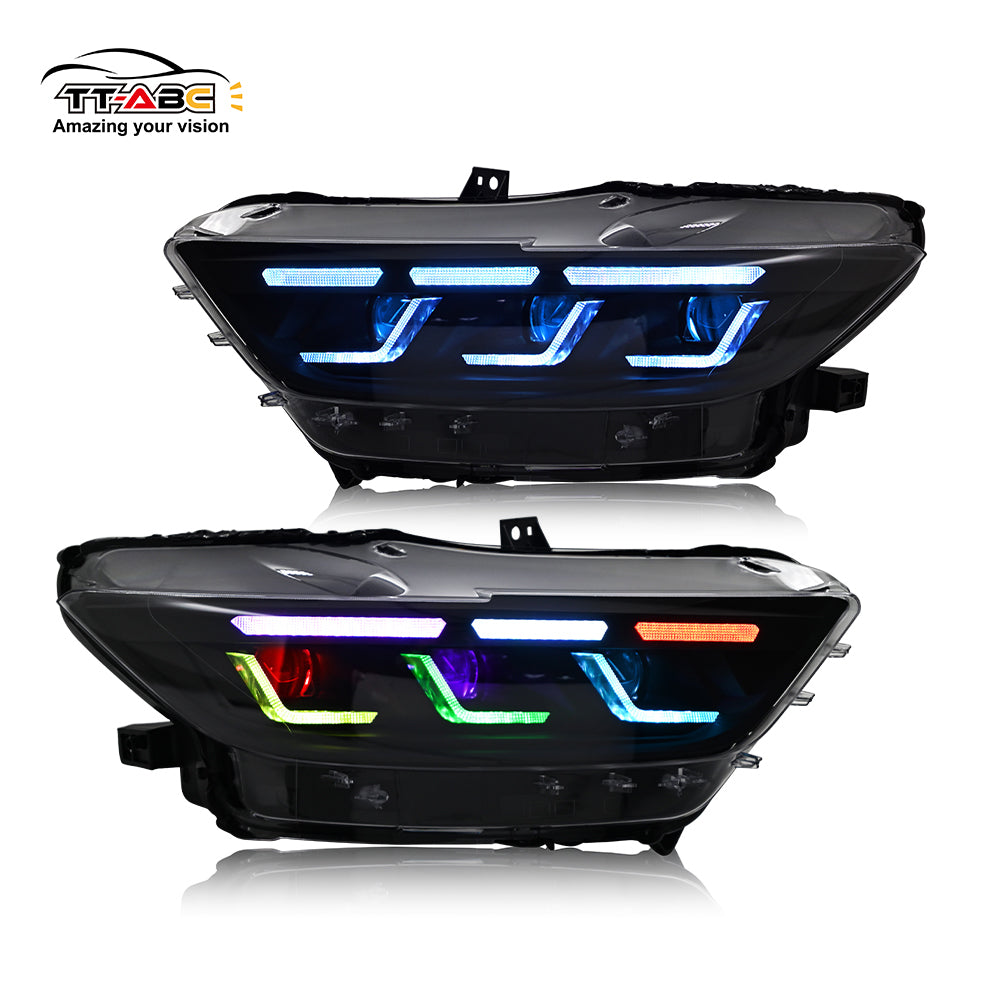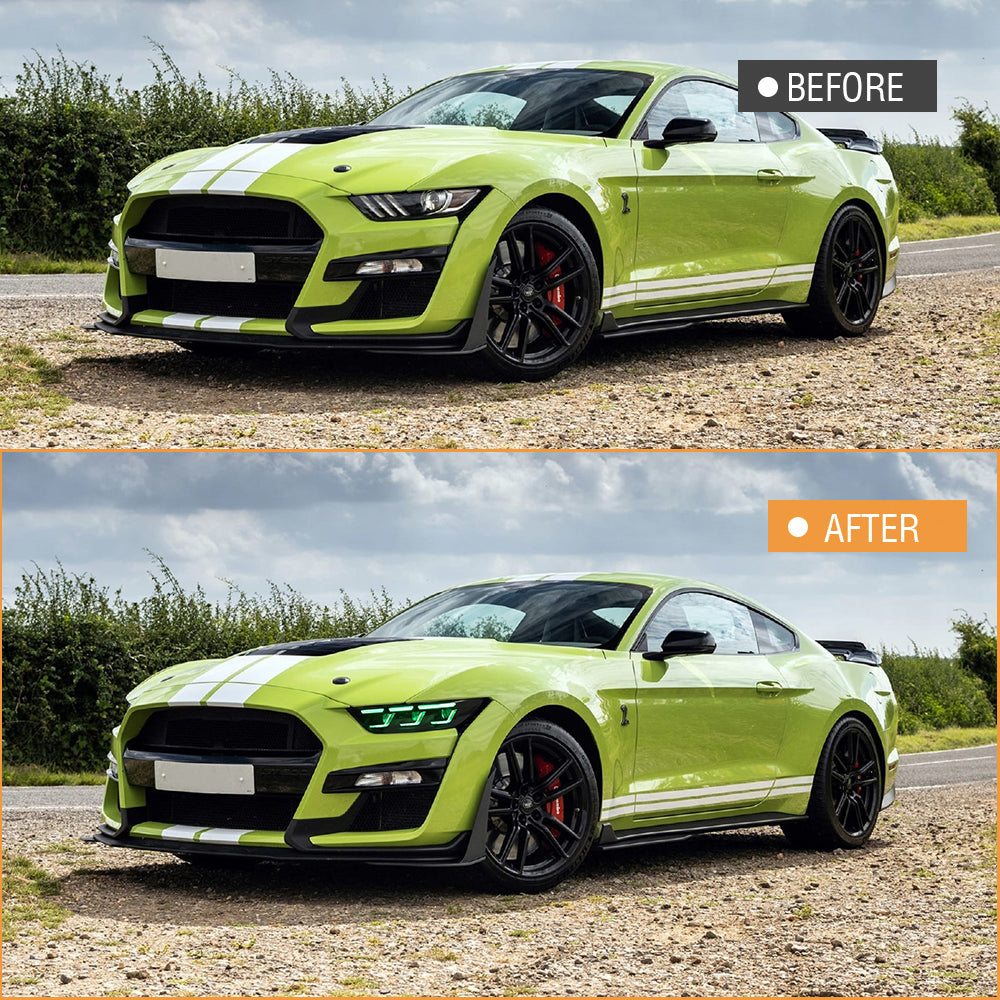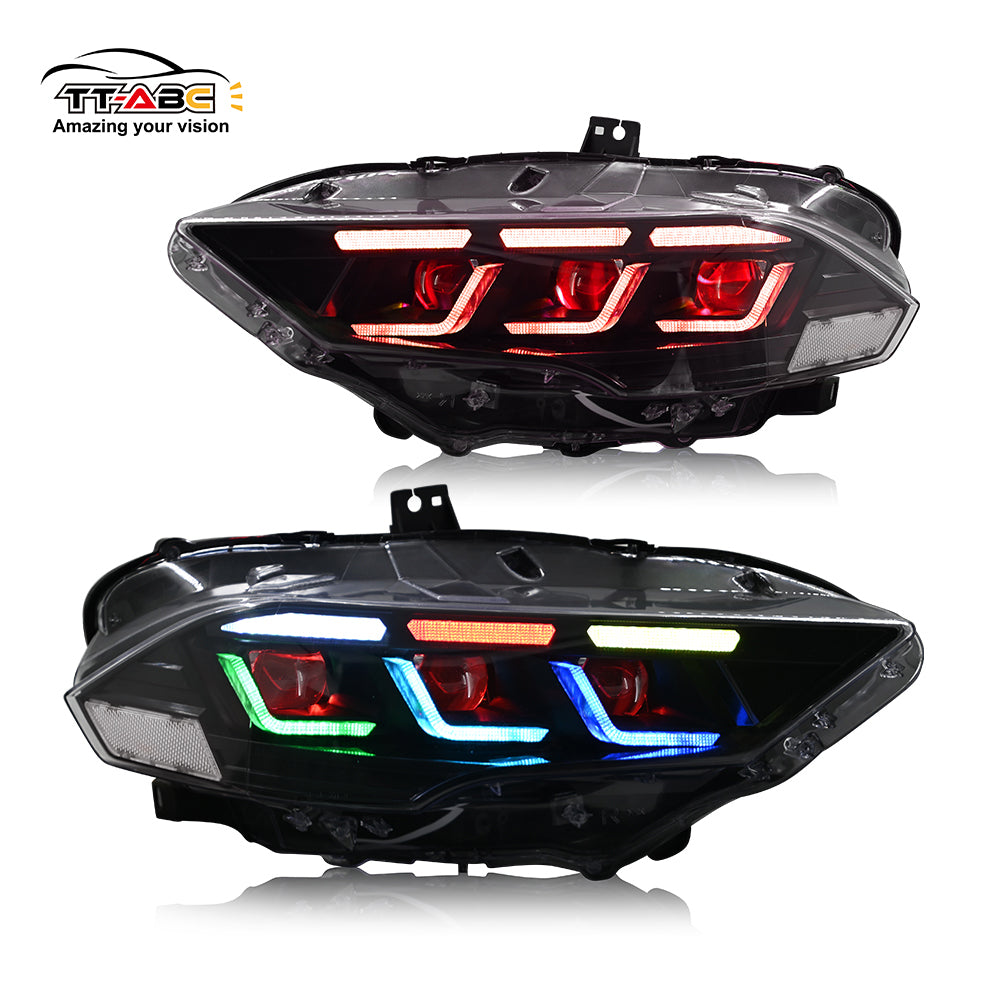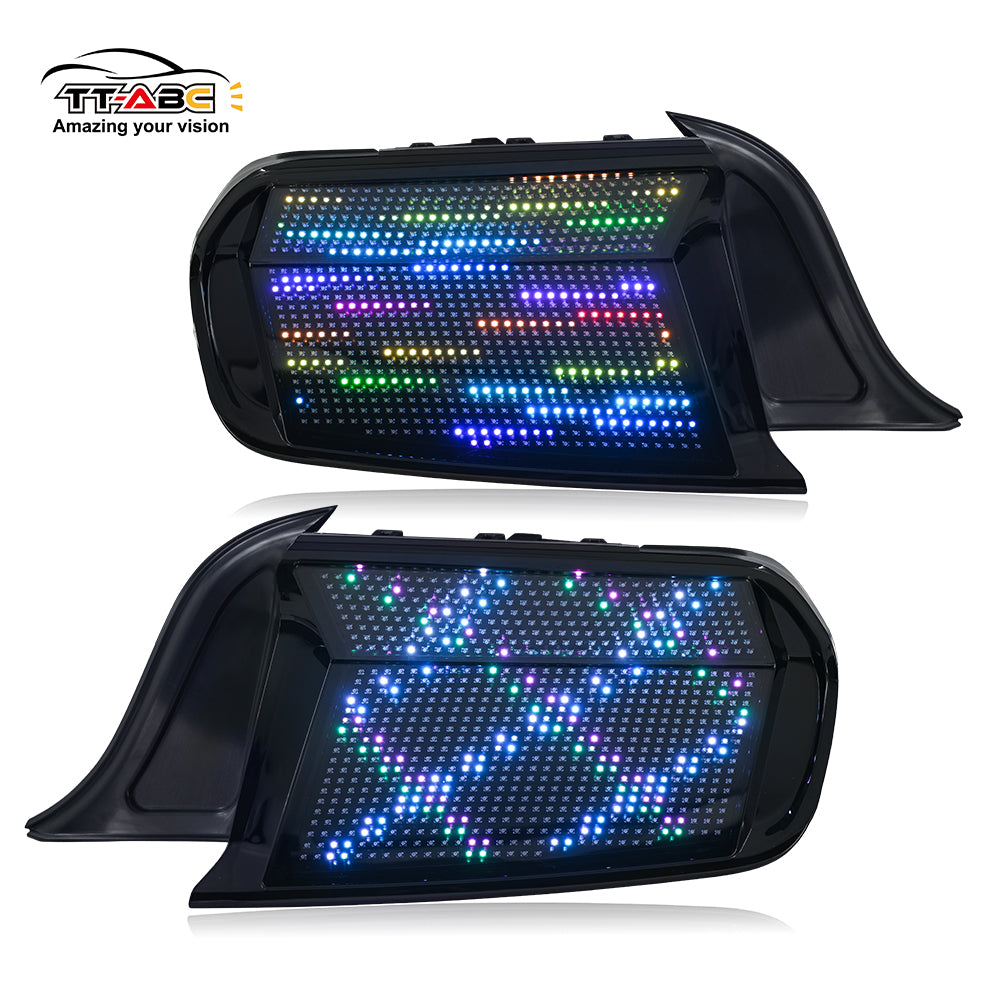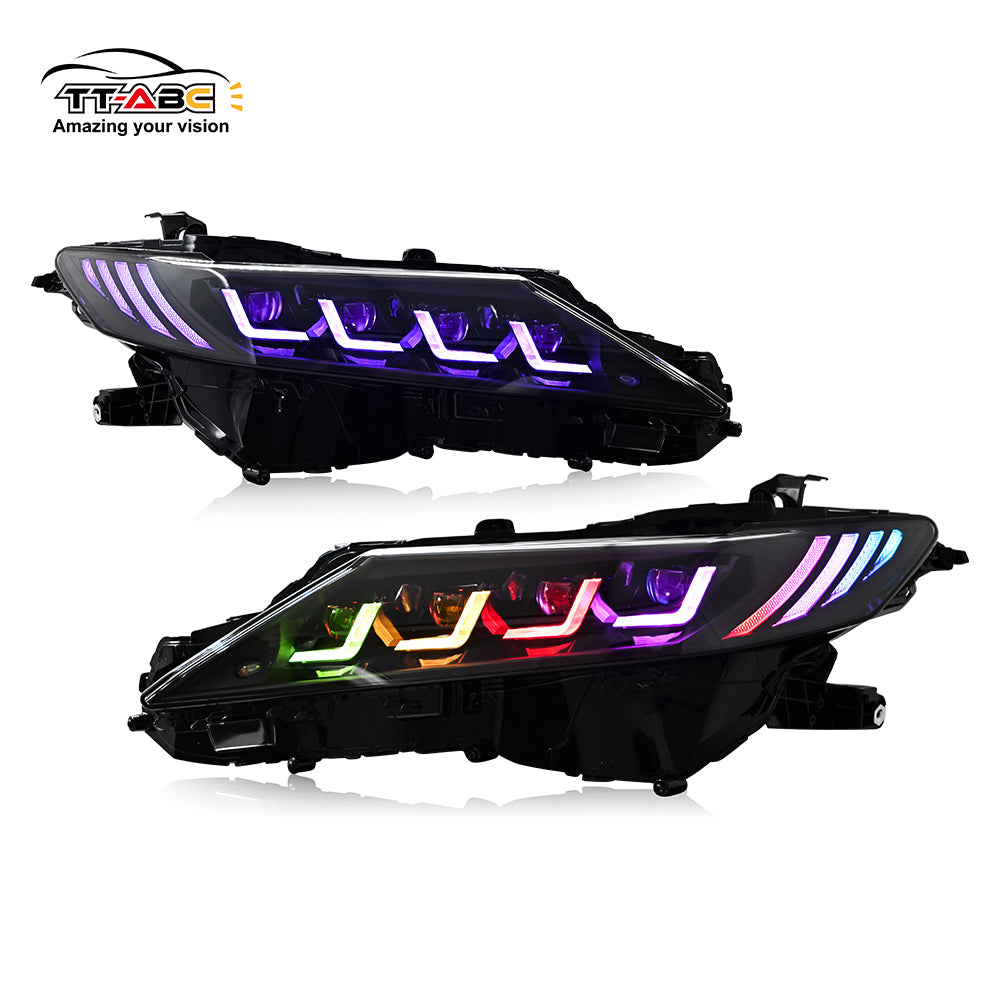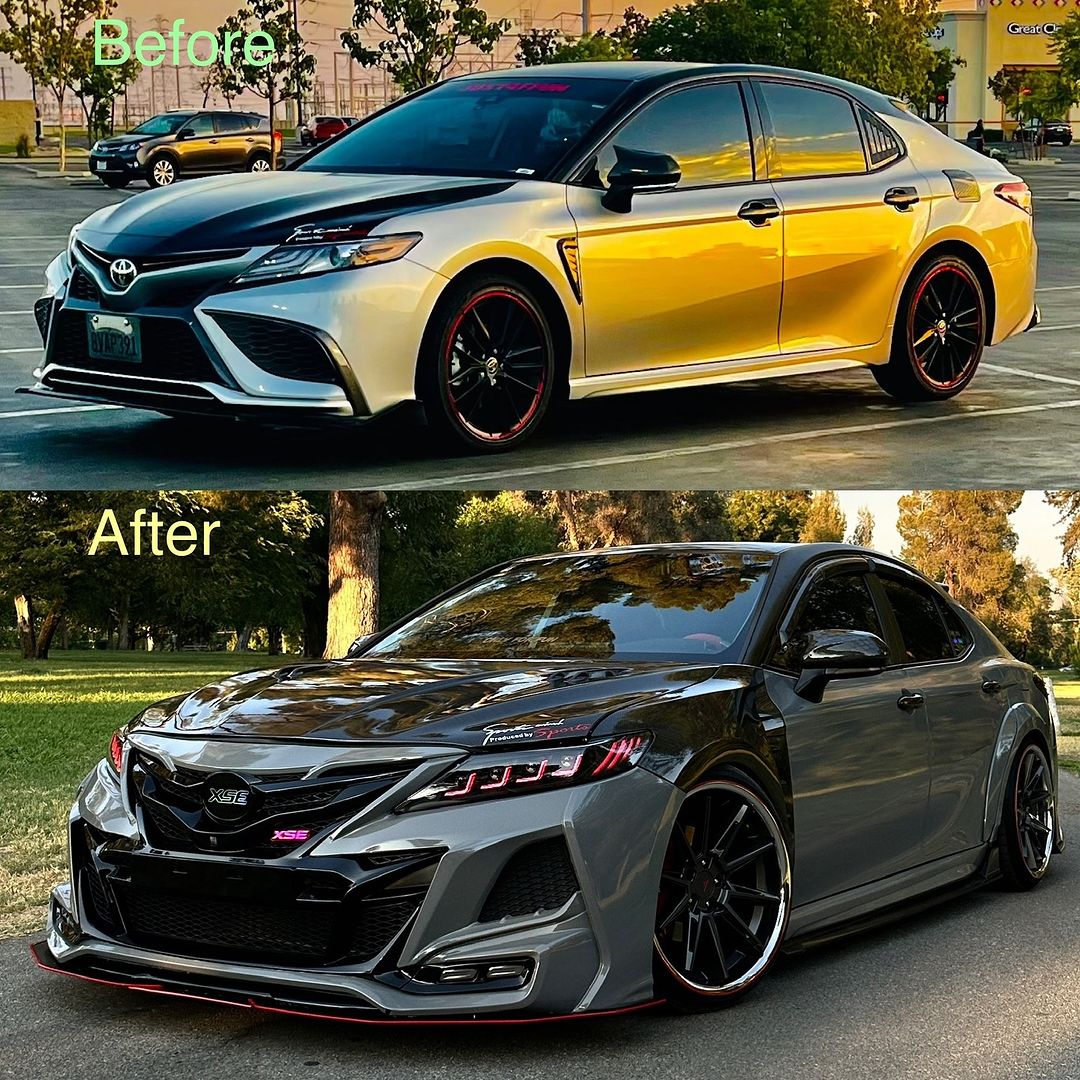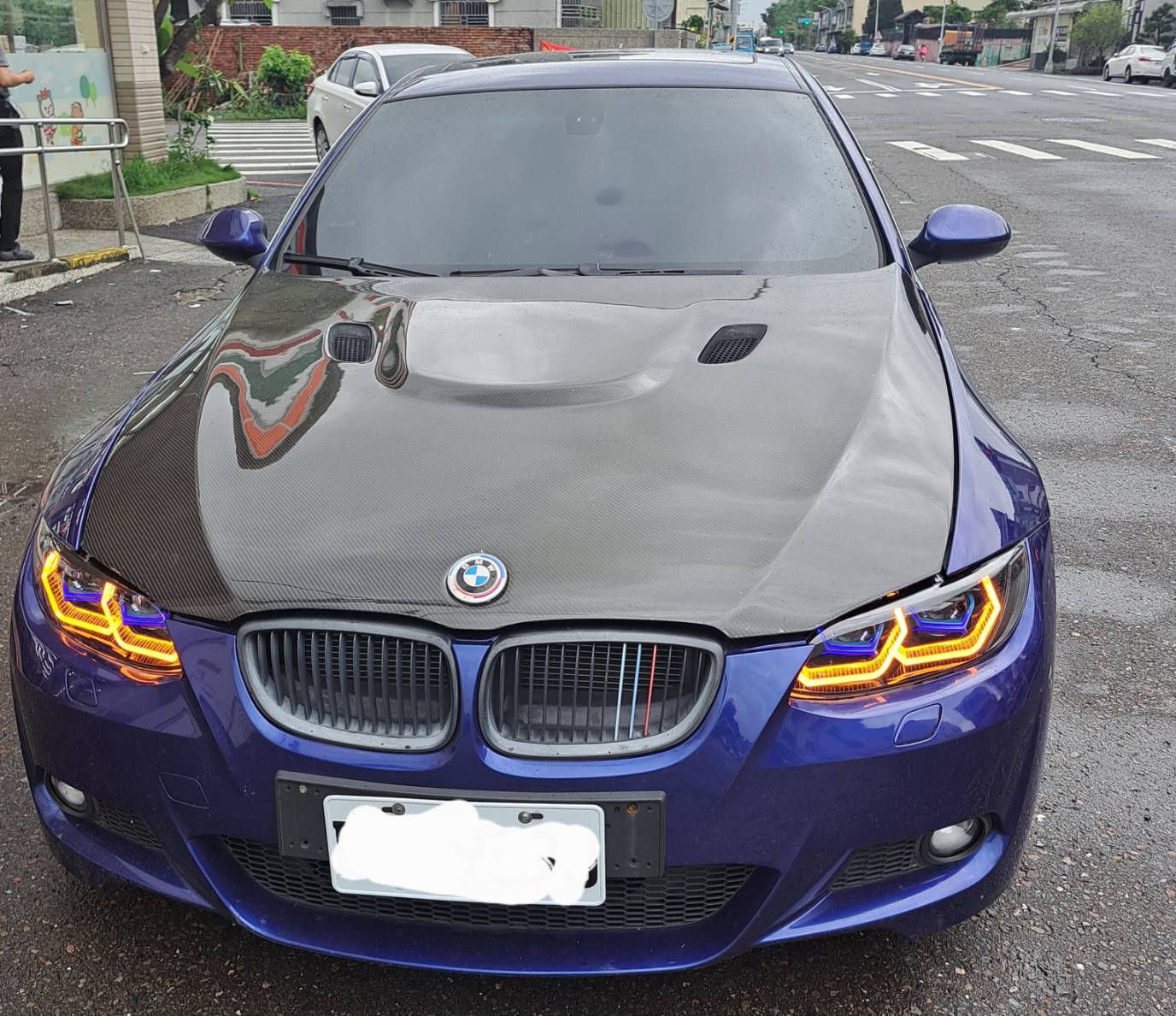على مر السنين، تغير تصميم المصابيح الأمامية للسيارات بشكل كبير، وانتقل من جزء عملي من السيارة إلى جزء أساسي من تصميم السيارة وتشغيلها بشكل عام. وعلى الرغم من هذا التغيير، تظل الوظيفة الأساسية لمعظم أنظمة إضاءة السيارات كما كانت قبل 50 عامًا. حتى المصابيح الأمامية الفاخرة تقتصر في الغالب على شعاع منخفض وشعاع عالي، وربما يتم التبديل تلقائيًا بينهما حسب ظروف الطريق.
ولكن في بعض أنحاء العالم، يتغير تصميم المصابيح الأمامية بشكل كبير. فهي أصبحت أكثر ذكاءً، وتطورت إلى الحد الذي يمكنها من التألق بشكل مختلف اعتمادًا على ما يحدث على الطريق (وقربه) أمامك. تجعل المصابيح الأمامية الذكية الجديدة الأضواء العالية الأوتوماتيكية تبدو وكأنها تكنولوجيا قديمة، لذا دعونا نلقي نظرة على ماهيتها ولماذا هي متقدمة للغاية.
ما هي المصابيح الذكية؟
المصابيح الأمامية الذكية، والتي تسمى أيضًا المصابيح الأمامية التكيفية أو المصابيح الأمامية ذات الشعاع العالي المتكيفة (ADB)، تضيء الطريق بشعاع ثابت ساطع تمامًا مثل الشعاع العالي لنظام المصابيح الأمامية التقليدي. بدلاً من قيام السائق أو كمبيوتر السيارة بالتبديل بين إعدادين للسطوع، تستخدم أنظمة ADB أجهزة استشعار وتصميمات وحدات إضاءة خاصة لتغيير شكل الضوء وسطوعه واتجاهه. يمكن تحقيق ذلك من خلال أنظمة مصراع تحجب فعليًا جزءًا من شعاع المصباح الأمامي، أو باستخدام وحدات مصابيح أمامية مصفوفة مكونة من مصادر إضاءة متعددة يمكن تشغيلها وإيقاف تشغيلها حسب الحاجة. يمكن أن تشير المصابيح الأمامية التكيفية أيضًا إلى أنظمة الإضاءة التي تغير الاتجاه بناءً على مدخلات توجيه السيارة. ربما سمعت هذا المصطلح يستخدم لوصف المصابيح الأمامية ذات الشعاع العالي الأوتوماتيكية أو الأجهزة المماثلة، لكن هذه الأنظمة ليست وظيفيًا هي نفسها المصابيح الموضحة هنا.
تتضمن طريقة عمل المصابيح الذكية الجوانب التالية:
التحكم التلقائي في التشغيل والإيقاف: تستشعر المصابيح الأمامية الذكية التغيرات في شدة الضوء الخارجي من خلال أجهزة استشعار الضوء المثبتة خلف المصابيح الأمامية. عندما يصبح الضوء أغمق، يرسل المستشعر إشارة إلى صندوق التحكم الذكي المركزي، والذي يقوم بتشغيل المصابيح الأمامية تلقائيًا؛ عندما يصبح الضوء أكثر سطوعًا، يقوم صندوق التحكم بإيقاف تشغيل المصابيح الأمامية تلقائيًا. تحل هذه الوظيفة مشكلة نسيان السائقين تشغيل مصابيحهم الأمامية عندما يكون الجو مظلمًا، خاصة في ظروف الرؤية الضعيفة مثل الأنفاق. يمكن للمصابيح الأمامية الأوتوماتيكية توفير إضاءة كافية لمساعدة السائقين على رؤية الطريق أمامهم بشكل أفضل، وبالتالي تحسين سلامة القيادة.
ضبط السطوع الذكي: تتمتع المصابيح الأمامية الأوتوماتيكية بوظيفة ضبط السطوع الذكي، والتي يمكنها ضبط سطوع المصابيح الأمامية تلقائيًا وفقًا للتغيرات في الضوء الخارجي. يضمن نظام الإضاءة الذكي هذا أن يتمكن السائقون من الحصول على رؤية واضحة في جميع ظروف الإضاءة، بحيث يمكنهم التركيز بشكل أكبر على القيادة وتقليل احتمالية تشتيت انتباههم عن طريق ضبط الأضواء يدويًا.
تجنب إبهار السائقين القادمين في الاتجاه المعاكس: يمكن للمصابيح الأمامية الذكية أيضًا ضبط ارتفاع إضاءة الشعاع المنخفض تلقائيًا وفقًا لتوزيع الضوء على الأرض أو المسافة بين السيارتين لتجنب إبهار السائقين القادمين. يتم تحقيق هذه الوظيفة من خلال صندوق التحكم الذكي المركزي ونظام التحكم الحساس للضوء، مما يضمن سلامة القيادة الليلية.
التكيف مع ظروف الطريق وسلوك القيادة: يمكن للمصابيح الأمامية الذكية أيضًا تغيير الشعاع العالي مع سرعة السيارة وفقًا لموضع دواسة الوقود أو سرعة السيارة. عندما تكون السرعة عالية، يكون الضوء بعيدًا وضيقًا، وعندما تكون السرعة بطيئة، يكون الضوء قريبًا وواسعًا. بالإضافة إلى ذلك، وفقًا لزاوية التوجيه والسرعة وظروف الطريق وغيرها من الظروف، يتم ضبط اتجاه الإضاءة عند الانعطاف تلقائيًا لتجنب النقاط العمياء المرئية وتحسين أداء السلامة بشكل أكبر.
باختصار، المصابيح الذكية، من خلال التآزر بين نظام التحكم الحساس للضوء وصندوق التحكم الذكي المركزي، تحقق وظائف التحكم التلقائي في التبديل، وتعديل السطوع الذكي، وتجنب الوهج للسائقين القادمين، والتكيف مع ظروف الطريق وسلوكيات القيادة، وبالتالي تحسين سلامة القيادة وتجربة القيادة في الليل وفي البيئات المعقدة.










